5 Reasons Why Screen Time Is Bad for Young Children
Mindd Foundation
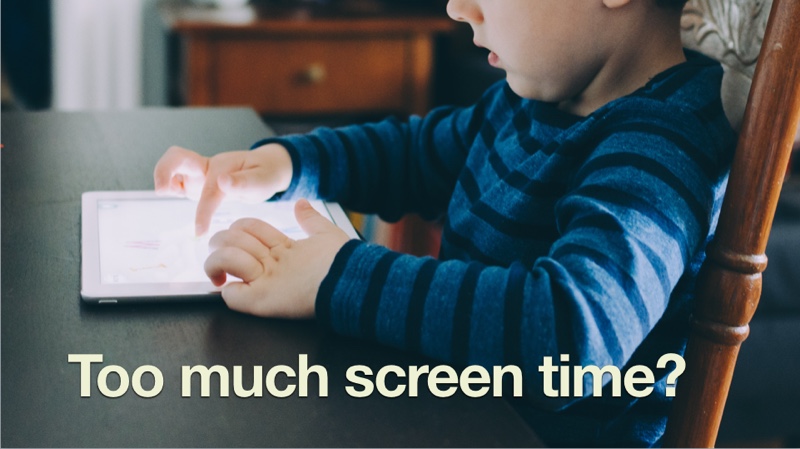
There is now significant evidence that too much screen time has negative effects on young children.
How old were your children when they started watching TV?
How many hours do they spend on screen-based activities such as watching videos on a smartphones, tablets or laptops?
Infants and toddlers are in the age group that must have little to no screen time at all. But, what is screen time?
Screen time is the amount of time spent on media devices such as TV, mobile phones, computers, tablets, etc. More and more parents turn to these technological devices to keep their children “pre-occupied”. This is to keep them from crying or from climbing on the furniture and so on.
But more recently, the American Academy of Paediatrics announced that children should have no exposure to media devices up to 2 years of age. Unfortunately, this is not happening today. Children, as young as 5 months old are already exposed to media devices for more than an hour on a daily basis.
What does longer screen time actually do to your child?
1. Your child becomes less engaged in their real-time environment = less sensory stimulation
Infants and toddlers naturally learn from their environment. Physical activities ranging from crawling to walking around the house and interacting with the family members are all fundamental to their growth.
Biologically speaking, Dr Dimitri Christakis, a paediatrician from the Seattle Children’s Hospital and an international expert on children and media, mentioned that early experiences are important since this is the time when the brain size and function increase rapidly.
He said that newborn brains weigh about 333 grams and by two years old, the brain weight averages 999 grams. Dr Christakis said:
“We are born with a lifetime supply of neurons, but that’s not what actually grows. It’s the connections between those brain cells we call synapses that account for that brain growth. And those synapses form based on early experiences…”
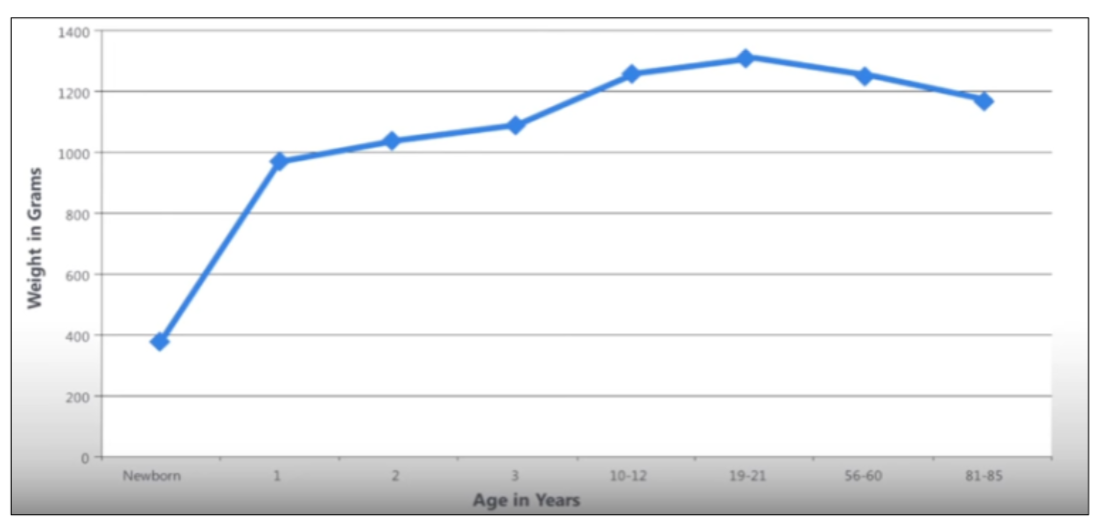
Figure 1 Brain Growth over the Lifespan
How TV Affects the Brains of Young Children, D. Christakis (2012)
If most of the early experiences of a child are with media devices, there are usually no social and physical skills involved.
Whilst a child is engaged in screen time they are in a passive state; hence, they are sensory-deprived. In line with this, their brain development is reduced significantly compared to those whose senses are stimulated by the real-time environment as seen in the figure below.
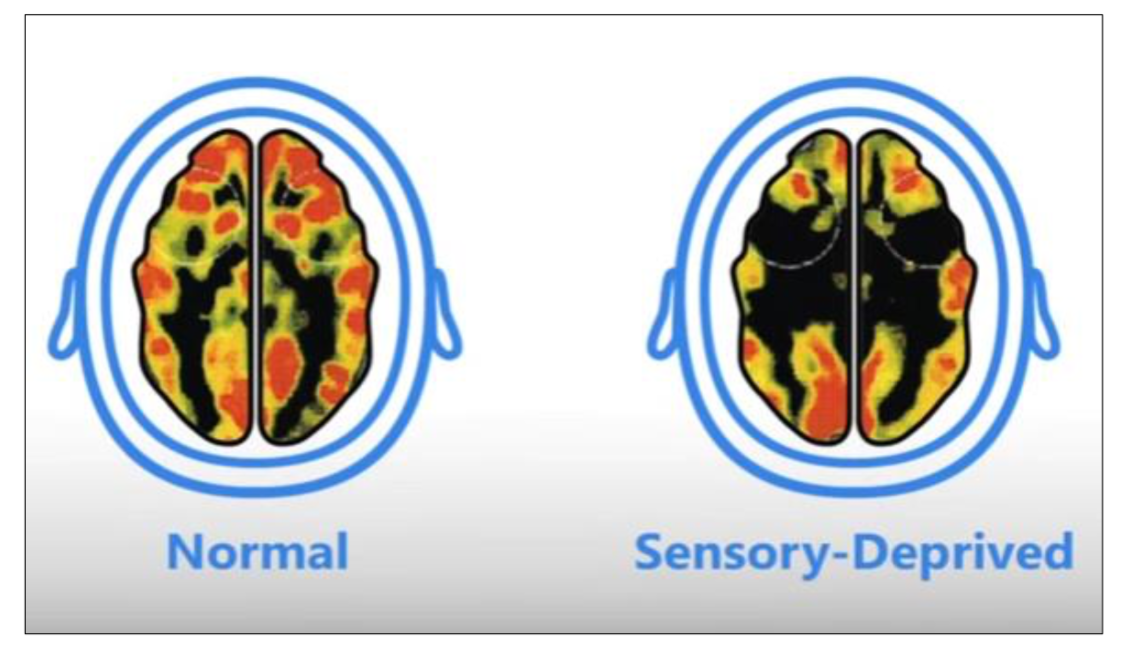
Figure 2 Stimulated Brain vs. Non-Stimulated Brain How TV Affects the Brains of Young Children, D. Christakis (2012)
2. Too much screen time weakens communication and social skills
Speaking of stimulation, longer screen time gives little to no room for communication and social skills. Obviously, they are stuck for 2 hours or more sitting on the couch with all the images and suggestions directly implanted into their minds without their participation. This is known as “viewer passivity”.
This takes places when the young minds are subjected to the never-ending stream of images while unknowingly inhibiting their natural capability to communicate and socialize (Valdez, 2007).
According to Dr Amit Sood, a professor of Medicine at Mayo Clinic College of Medicine, on his take on neural predispositions:
“The more time we spend in default mode, the more risks of dementia, attention deficit, anxiety, and depression.”
Even background TV significantly reduces parents’ interaction with their children. A recent study found parents say about 200 words or less in an hour if the TV is on compared to the 1000 words an hour if the TV is off.
On the other hand, a study was conducted in a Seattle clinic that gathered 200 kids (18-24 months) focusing on block play that could improve language acquisition and application. Parents got “Bloctivities” (sort blocks, stack blocks, count blocks) for their children. The Block Play was given 20 minutes per day for 6 months.
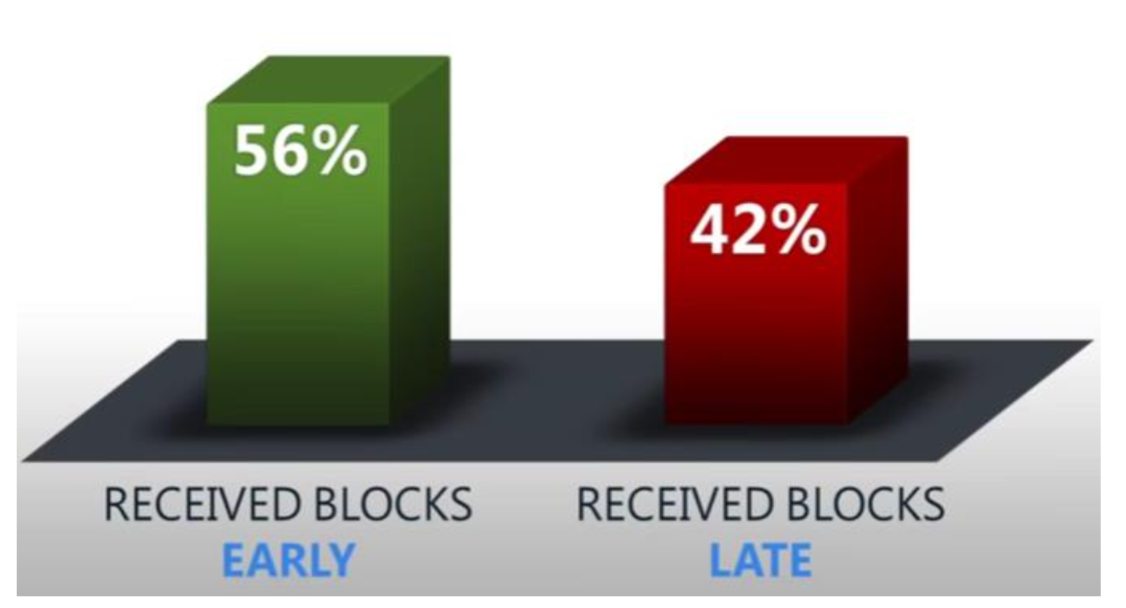
Figure 3 Language Percentile after 6 months of ‘Blocktivities’
How TV Affects the Brains of Young Children, D. Christakis (2012)
The results were significant. Those children who received or played blocks in their early life showed language development by about 56%.
These kinds of activities give children the chance to think and overcome spatial reasoning while engaged in constant communication with their parents or peers. So, younger children need to be encouraged for more a real-time play and less fast-paced media.
3. Longer exposure to rapid image-changes increases the risk of attention problems
Fast-paced media and traditional cartoon shows used to have a single cut every ten seconds. This is the exact opposite of the 8-10 cuts per second today (DeBenedittis, 2011). Why does this matter?
Due to air-time constraints, images are jammed together in a steady stream that “fractures your attention while condensing and accelerating time”.
If young children are then exposed to these rapid image-changes, they would most likely find real-time events or ordinary life, such as a teacher discussing subjects in front of them, dull, slow, or boring. This triggers them to talk and disturb their seatmates or do something irrelevant.
4. Screen time is commonly associated with childhood hyperactivity
Dr Paul Thomas, a board-certified fellow of the American Academy of Paediatrics and one of the top paediatricians in the U.S. says that a variety of content is very important for a child’s development and that parents need to be involved in the choice of content. In Figure 4, you will see how violent-content increases risks of attention and behavioural problems at school age by 110%.
As innocuous as it may seem, most cartoon shows today have violent content in them. The images that suggest violence stimulate our fight-or-flight instincts. But since it is absurd to react to the implied violence, the viewer suppresses the emotion.
“When the TV set or screen goes off, the stored energy bursts forth in frantic behaviour commonly associated with childhood hyperactivity”

Figure 4 Content viewed at 0-3 and risk of attention problems at school-age
How TV Affects the Brains of Young Children, D. Christakis (2012)
In addition, a study on 500 people confirms that suppressing emotions makes you less smart, dramatically impairs your memory, and creates a threat-response in other people.
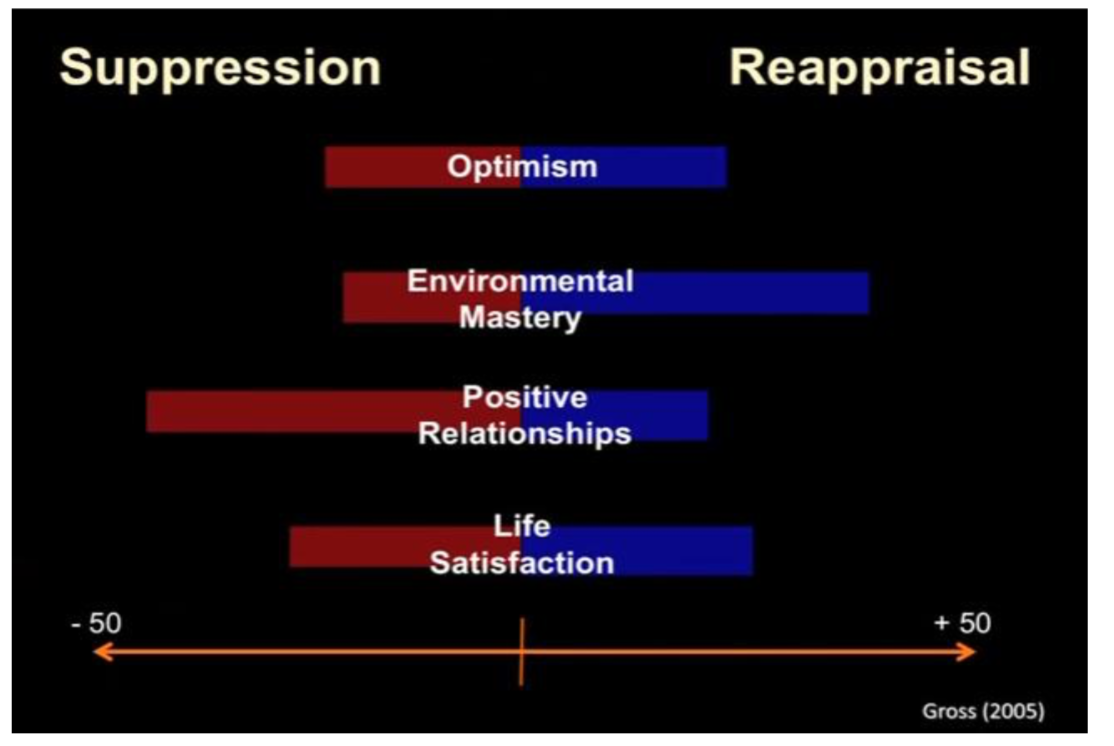
Figure 5 Summary of a study on 500 people in their suppression and reappraisal of emotions
Learning about the Brain Changes Everything, D. Rock (2013)
Due to air-time constraints, images are jammed together in a steady stream that “fractures your attention while condensing and accelerating time”. In the real-time environment, this is not the case. It is often far too slow compared to the rapid world of TV imagery which is possible through technical alterations. Children who watch violent-content shows/games tend to be less sympathetic, and more self-inflicting.
5. Screen time increases risks of weight gain and sleep-deprivation
The major concern, eventually, comes in when screen-based activities substitute for physical activities. Too often, children are encouraged to use technological devices rather than playing outside.
And since children stay indoors for longer periods of time, they are less engaged in physical and outdoor activities. Lack of physical exercise can be a factor in weight gain.
The blue light rays from these screen-based devices also affect their sleep-wake cycle.
Physical activities are forms of exercises that enable the body to control blood flow, boost the mood, and regulate one’s appetite. Physical activities such as outdoor play, face-to-face peer conversations, playing board games with family members etc. are generally connected to more positive outcomes for children’s behaviour (Simoncini & Caltabiano, 2012).
The author Françoise Nicoloff, recommends a no-screen policy whilst children are undergoing the Tomatis listening program and invites the parents to play with their children. She also recommends no TV or screen time during weekdays.
All parents who apply the no-screen or no-TV rule at home on week days report systematically that routines are easier to implement during the week.
Comments from parents about screen time reduction
Donna (mother of a 7-year–old son):
“I am discovering the pleasure of playing with my son and we have good times now together full of fun and laughter!”
Children are more available to converse with, more compliant to follow their tasks or homework too and parents are taking more time to be with their children.
Belinda (mother of a 9-year–old son):
“Reducing screen time has changed our lives”
The American Academy of Paediatrics also stated children tend to have brighter moods, increased creativity, improved empathic ability, good eye contact and verbal skills.
Philip (father of a 12–year–old girl):
“There is less drama at home since we introduced the no-screen policy during the week”
Being with your child means being fully present and attentive
When you are with your child in the same room but you are on your phone or tablet, your child knows that you are not available, and energetically not “here and now” with him or her. They feel disconnected.
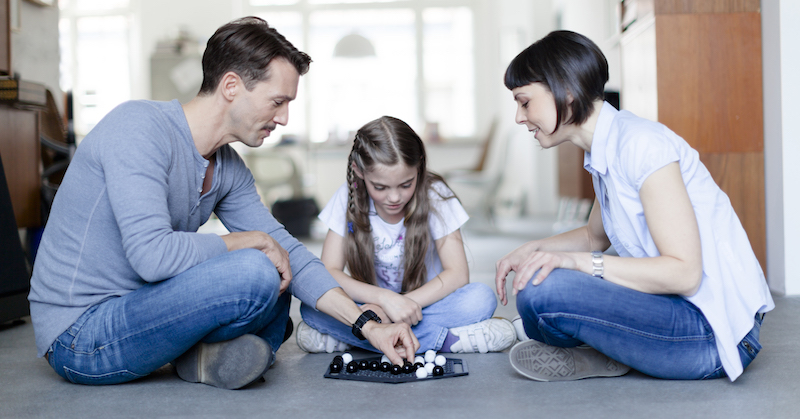
Playing with children is a way to:
- have fun
- increase communication and language skills
- learn how to take turns
- develop strategies, with planning, anticipating and organizing skills
Presence and interaction also strengthen the bonding between family members. Each person can relate more, with fun and laughter, showing increased levels of specific neurotransmitters such as serotonin, oxytocin and endorphins which are good for the brain, for feeling good and building positive memories for the future.

About the Author Françoise Nicoloff
Françoise is a French/Australian registered Psychologist and an international Tomatis Consultant and Trainer.
Françoise was trained and worked with Dr Tomatis in France in the late 1970s. She has worked for nearly four decades with Sound and Listening Training around the world with people of all ages suffering from anxiety, depression, learning and behaviour difficulties, trouble in communication. With her clinical experience, she has helped those people with difficulties that are linked to auditory processing, which means that their brain does not hear what their ears hear. Recently, she has also been asked by the Tomatis group to support and assist families and professionals in China. She is the co-author of the Listening Journey series. You can contact her at her clinic in Sydney.
Françoise Nicoloff says:
“No wonder children want to snatch their parents’ phones or tablets away from them because the fascination on the screen has become an addiction. I was in shock the other day seeing a mother parking her car: she had the earplugs in her ears while talking to someone, one child at the back was watching something on a tablet and the other child was playing a video game. How can we create communication and interaction if everyone is in their own world?”
References:
American Academy of Paediatrics Announces New Recommendations for Children’s Media Use. (n.d.). Retrieved April 5, 2017, from https://www.aap.org/en-us/about-the-aap/aap-press-room/pages/american-academy-of-pediatrics-announces-new-recommendations-for-childrens-media-use.aspx
Christaki, D. (2012, Feb 5). Retrieved April 4, 2017, from https://www.youtube.com/watch?v=v2SdEpHjrjw&t=327s
DeBenedittis, P. (2011, October 20). Retrieved April 5, 2017, from https://www.youtube.com/watch?v=v7E1oPBa19c
Hasemeyer, B. (2015, January 20). Retrieved April 6, 2017, from https://www.youtube.com/watch?v=IuMrBs7dGCo&t=7s
McClure, G. (2015, November 09). Retrieved April 25, 2017, from https://www.youtube.com/watch?v=HsNNcdDWW3I
Rock, D. (2013, February 01). Retrieved April 6, 2017, from https://www.youtube.com/watch?v=uDIyxxayNig&t=455s
Simoncini, K., & Caltabiano, N. (2012). Young school-aged children’s behavior and their participation in extra-curricular activities. Australasian Journal of Early 37, 35-42.
Sood, A. (2015, May 11). Retrieved April 4, 2017, from https://www.youtube.com/watch?v=KZIGekgoaz4
Childhood,
Thomas, P. (2017, April 10). Retrieved April 6, 2017, from https://www.youtube.com/watch?v=uaR48W_BlsA&t=151s
Valdez, N. (2007, November 22). Retrieved April 7, 2017, from https://www.youtube.com/watch?v=zw_7CJ5ozaM&t=39s






